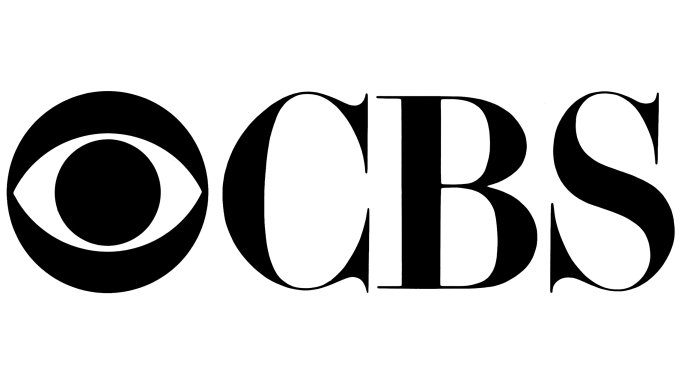
US6896901185421 Scam Text | A Detailed Guide
Introduction
Have you ever received a text message claiming that you have won a prize or that your account has been compromised? If so, then you may have been targeted by a scammer using the US6896901185421 scam text.
This fraudulent message is just one example of the many phishing and smishing scams that are becoming increasingly common in today’s digital age. In this article, we will take a closer look at what the US6896901185421 scam text is, how it works, and most importantly, what you can do to protect yourself from falling victim to these types of scams.
What is the US6896901185421 Scam Text
Have you ever received a text message claiming to be from the United States Postal Service (USPS) with the code US6896901185421?
Also Read: WHAT IS HQPOTNER?
If so, you may have been targeted by a scam known as the US6896901185421 Scam Text. This type of scam is designed to trick individuals into providing personal information or clicking on malicious links that can lead to identity theft or financial loss.
According to the Federal Trade Commission (FTC), if you receive an unwanted text message, there are several ways to report it and help prevent similar messages in the future.

You can copy the message and forward it to 7726 (SPAM) or report it on the messaging app you use. It’s important to be aware of these scams and take steps to protect yourself from phishing and smishing attempts.
US6896901185421 Scam Text And How It Works
The US6896901185421 scam text is a type of phishing or smishing text message that aims to trick recipients into providing their personal information.
Scammers use various tactics to make the message appear legitimate, such as using official-looking logos or claiming to be from a trusted source like a bank or government agency. Once the recipient responds to the message, they may be asked for sensitive information like passwords, account numbers, or social security numbers.
One common tactic used in the US6896901185421 scam text is to create a sense of urgency or fear in the recipient.
Also Read: How To Myspringisd Login
The message may claim that there has been suspicious activity on their account and that they need to take immediate action to avoid further problems. This can cause recipients to act quickly without thinking critically about the legitimacy of the message.
It’s important to remember that legitimate organizations will never ask for sensitive information over text message. If you receive a suspicious text like the US6896901185421 scam text, do not respond, click on any links, or provide any personal information.
Instead, report it to your mobile carrier and delete the message immediately. By staying vigilant and taking proactive steps to protect yourself from scams like this, you can help keep your personal information safe and secure.
What To Do When You Receive The US6896901185421 Scam Text
If you receive the US6896901185421 scam text, the first thing to do is to not respond or click on any links provided in the message. This is because scammers use these links to gain access to your personal information and steal from you.
Instead, report the text as spam by forwarding it to your mobile carrier’s spam reporting service or the Federal Trade Commission .

It’s also important to be cautious of any unsolicited messages that ask for personal information or offer too-good-to-be-true deals. If you’re unsure whether a message is legitimate, do some research before taking any action.
Check with the company directly through their official website or customer service line to verify if they sent the message. By staying vigilant and taking necessary precautions, you can protect yourself from falling victim to phishing and smishing scams .
US6896901185421 Scam Text Format
The US6896901185421 scam text can come in various formats, but it usually contains a message that prompts the recipient to click on a link or provide personal information.
Some common formats include messages claiming that the recipient has won a prize or is eligible for a refund, while others may appear as urgent notifications from banks or other financial institutions. It’s important to note that legitimate companies will never ask for sensitive information through unsolicited text messages.
If you receive a suspicious text message, it’s best to avoid clicking on any links or providing any personal information. Instead, report the message by forwarding it to 7726 (SPAM) and delete it immediately.
By reporting these messages, you can help your wireless provider identify and block similar scams in the future. Additionally, taking steps to protect yourself from phishing and smishing attacks can help prevent falling victim to these types of scams in the first place.
How To Protect Yourself From Phishing And Smishing Text
Phishing and smishing texts are becoming more common, and it is essential to know how to protect yourself from these scams.
One way to recognize a phishing text is to look for suspicious links or attachments. If the message asks you to click on a link or download an attachment, do not do so unless you are sure it is safe. Additionally, be wary of messages that ask for personal information such as your bank account number or social security number. These are likely scams trying to steal your identity.
Also Read: Swift Code
To protect yourself from phishing and smishing texts, it is important to never give out personal information over text message or email. Be cautious of any unsolicited messages and always verify the sender’s identity before responding.
You can also use anti-phishing software and keep your devices up-to-date with the latest security updates. By staying vigilant and informed, you can avoid falling victim to these scams.
Conclusion
In conclusion, the US6896901185421 scam text is a dangerous phishing and smishing attempt that preys on unsuspecting individuals. It is important to be aware of this scam and take necessary precautions to protect yourself from falling victim to it.
Remember to never click on suspicious links or provide personal information through text messages. Stay vigilant and always verify the authenticity of any message before taking any action. By staying informed and cautious, we can prevent these scams from succeeding and keep our personal information safe.
Also Read:
Sources:
1. https://consumer.ftc.gov/articles/how-recognize-and-report-spam-text-messages
2. https://www.nytimes.com/2022/04/06/technology/personaltech/text-scam-spam.html
3. https://consumer.ftc.gov/articles/how-recognize-and-avoid-phishing-scams
4. https://support.microsoft.com/en-us/windows/protect-yourself-from-phishing-0c7ea947-ba98-3bd9-7184-430e1f860a44
Locksmith Pasadena Md Servleader
You May Also Like

18 year old tianas sweet fresh cookies
September 6, 2023
Activate Cbs.Com Tv/roku Activation Code Login | Watch CBS Sports Network
June 22, 2023